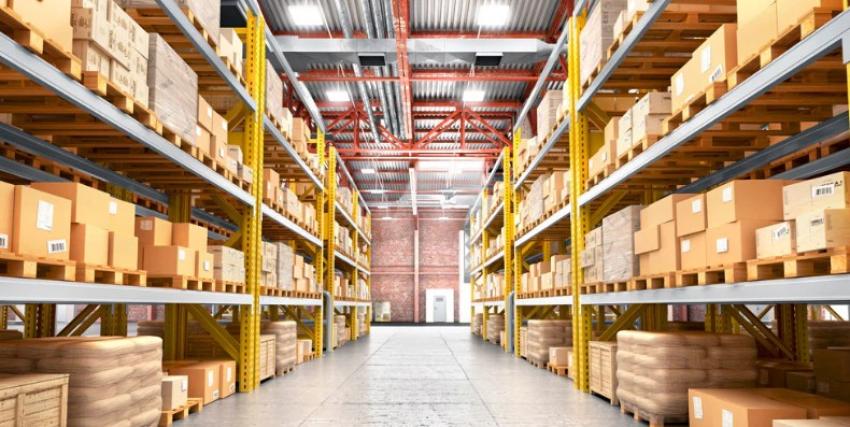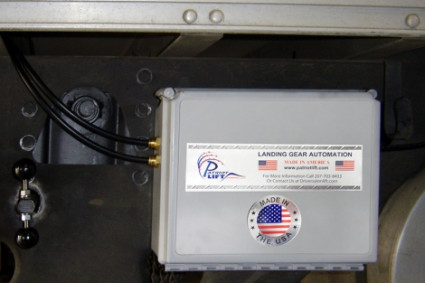
Small and medium-sized businesses (SMEs) often wrestle with storage problems. They juggle tight space, limited money, and changing needs. Many now explore shared warehousing. This model offers more freedom and support than traditional ones. In Singapore warehouse storage, where every metre counts, clever choices like this help businesses grow stronger and stay flexible.
Let’s explore if shared warehousing makes more sense for SMEs that need practical, scalable storage without the heavy burden of full warehouse control.
What Is Shared Warehousing?
Shared warehousing means different businesses place their goods in the same storage space. Instead of renting the whole place, each one takes a part. The warehouse team then sorts, moves, and handles items from many clients using systems that track every movement.
This works well for businesses that don’t need giant spaces. They store only what they use. Shared teams track, carry, and stack their items neatly. This lets companies shrink or grow their space based on what they sell, saving both space and cost.
In Singapore, where space runs tight, shared Singapore warehouse storage helps avoid waste and gives companies room to shift when needed.
The Flexibility Advantage
SMEs don’t stay the same. Some months bring more sales. Some bring less. Shared warehousing bends with that change. You won’t feel locked into one size or shape as markets shift or orders vary.
Instead, you use what you need. If business picks up, take more space. If it slows, pull back. Shared warehouses allow you to adjust, stretch, or tighten your storage quickly and without much delay.
This makes it easier to try new things, launch new products, or step into a new market. That’s why many Singapore SMEs turn to shared Singapore storage & warehouse setups for more breathing room and long-term growth.
Save More with Shared Costs
Warehouses cost more than rent. You also pay for lights, people, cleaning, and machines. Shared warehousing cuts these costs. You share them with others using the space, bringing down expenses for everyone involved.
You don’t need to hire your own team. You share trained helpers who know how to lift and sort safely. You also share software, trolleys, and shelves. These savings stack, grow, and help your business use money wisely while keeping things running smoothly.
That’s why many owners pick shared warehouse storage to manage costs without cutting quality or safety.
Built-In Support Systems
Most shared warehouses come with skilled helpers. These people know how to store, record, and send goods the right way. You don’t need to build your own system or hire a big team to run it.
You also get help with tracking. These systems tell you what arrived, where it sits, and when it leaves. With this, you won’t lose track of items, and you’ll always know when to reorder or restock.
That means fewer errors and more peace of mind. You save time and keep your orders smooth without managing every step yourself.
Smart Locations for Small Businesses
In busy cities like Singapore, space near roads, ports, or towns costs more. But shared warehousing lets you work from these places without huge bills or long contracts.
Because many companies split the space, each one pays less. This lets small teams stay, deliver, and grow in central areas where access to customers and partners matters.
When your goods sit closer to customers, drivers finish their routes faster. Clients get items sooner. That makes your business look sharp, quick, and prepared.
This is why Singapore warehouse storage near busy zones works so well in shared setups.
Better Tracking and Stock Control
Many shared warehouses come with tools that watch, count, and mark your stock. These tools help you know what’s in your space and what’s missing, so nothing gets lost or mixed up.
They also help you guess when to order more. You won’t buy too much or too little. With fewer errors, you waste less money and avoid costly overstock or delays.
Reports come fast and clear. You won’t need your own computer system. Just use what the warehouse gives. That’s simple, reliable, and smart.
Strong Security Built In
Goods need guarding. Thieves, fires, and mistakes hurt your business. Shared warehouses don’t ignore this. They build safety into the system, using trained people and strong tools.
These places use gates, cameras, alarms, and trained guards. Even though businesses share the space, each one gets its own zone, labels, and checks to keep things safe.
Teams don’t just watch; they protect, record, and lock what matters. And you don’t pay full price for that safety. You share it.
Shared Singapore storage & warehouse options give peace of mind with strong safety tools in place.
Shared vs Private Storage: What’s the Difference?
Let’s compare shared warehousing and private storage to see what works better for SMEs.
Shared warehousing is cost-friendly because businesses share expenses, while private warehouses require higher investment. It also gives flexibility to scale up or down quickly, unlike private setups that are harder to adjust. With shared warehouses, staff, tools, and systems are already included, which means faster startup and less hassle. Safety and maintenance are also taken care of by the warehouse team, saving time and resources.
For growing SMEs, shared warehousing offers an affordable, flexible, and hassle-free option compared to managing a private warehouse.
Watch Out for These Limits
Shared warehousing fits many, but not all. If your goods need full control or special care, shared space may not suit you or your product.
Some businesses need to move large items, store food, or protect fragile goods. In shared space, rules may stop you from doing that, especially if the system isn’t made for your type of items.
Also, when many teams share the space, your speed depends on their system. If they lag, you wait. That’s why you must check, ask, and study before picking your warehouse.
When Shared Warehousing Makes Sense?
If you still wonder if shared storage fits, look at your own needs. This model suits you if:
You handle a small amount of stock
You grow fast or change often
You don’t want to hire a warehouse team
You need space near your buyers
You want lower monthly costs
When these things match, shared warehouse storage gives you a smoother path forward, with fewer worries and better control.
Questions to Ask Before Choosing
Before picking your warehouse, make sure it fits your needs. Ask these:
Can I change my space anytime?
Do you have guards and cameras?
Will I get reports on my stock?
Can I visit the site first?
Do you help with returns or damaged goods?
What happens during busy seasons?
These questions help you choose, plan, and settle into the right space.
Growing Without Stress
Shared warehousing doesn’t just help you start. It also helps you grow. If you sell more, take more space. If things slow, take less. You stay ready without moving to a new place or changing systems.
That saves effort, time, and money. You keep the same team, same tools, and same location. That’s great for long-term goals. You build stronger habits and clearer routines.
Many owners who plan to grow choose Singapore warehouse storage that aligns with their path and supports change.
Final Thoughts
Shared warehousing gives smaller businesses a smart way to store goods. It offers support, saves money, and adjusts as you grow. You share tools, space, and skill without giving up safety or service.
It works best for teams that want freedom and don’t need to control every corner. With strong planning and the right partner, shared space doesn’t just work — it helps you shine brighter.
So if you’re looking for easier ways to manage stock, shared Singapore storage & warehouse options may be just the place to begin and build with confidence.








